Howard Arkley
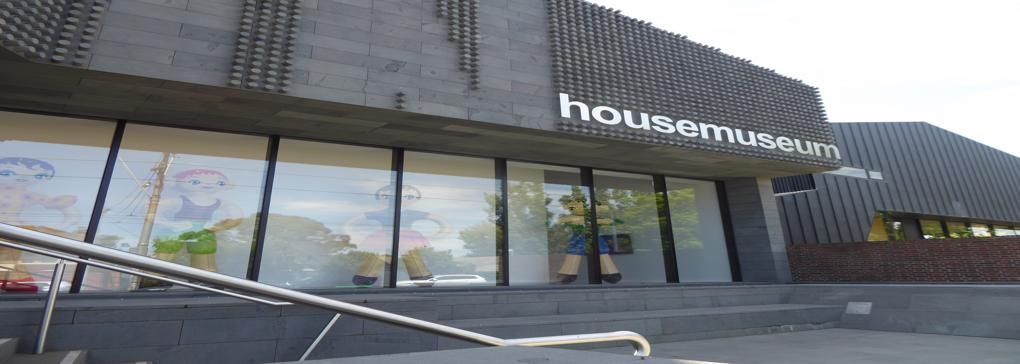
As mentioned yesterday alongside the private home of Corbett Lyon and his family, which doubles as the Housemuseum is a public museum, offering a changing exhibition. From the image above and reminiscent of the white cube in the house, its easy to see it was also designed by Corbett Lyon.
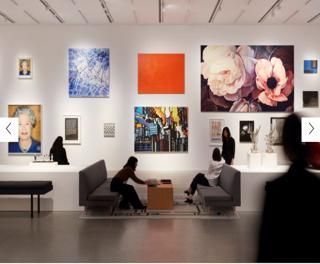
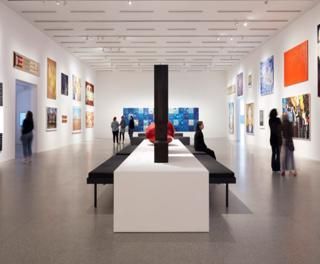
From modest beginnings in the late 1980s, the Lyon Collection has grown to become one of the largest and most significant contemporary collections in the country – around 350 works by over 50 artists. Following selected artists over the course of their evolving practices, the Collection includes works by internationally recognised Australian artists Brook Andrew, Howard Arkley, Patricia Piccinini, Callum Morton, Shaun Gladwell, Daniel von Sturmer and Daniel Crooks and represents many of the key moments and important shifts in Australian artistic practice and thinking.
Today we will showcase some of the artworks of Howard Arkley, pictured below.
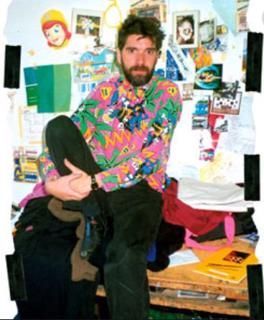
Howard Arkley painted with great care and astonishing precision, while he lived with a recklessness that worried the many people who were deeply fond of him. His premature death at 48 in 1999 from a heroin overdose, highlights the fact that he not only lived fast, he also achieved a prodigious output. Arkley exhibited professionally for almost thirty years and was invariably included in the major surveys of contemporary Australians.(credit: www.artlink.com.au)
His attachment to genuine popular culture was a fact of his life, not a cool, ironic affectation. Although the best-known subject matter of his art is suburbia, seemingly the most boring of themes, for Arkley it was an endless source of fascination, and he depicted the sedate homes of Melbourne with a lurid vitality which makes them like a crazy vision of heaven. (credit: www.artlink.com.au)
Below, some examples of works he completed in 1999.
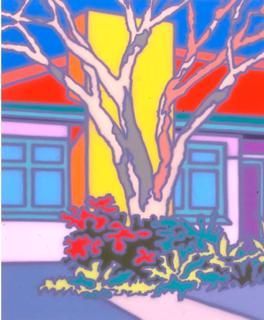
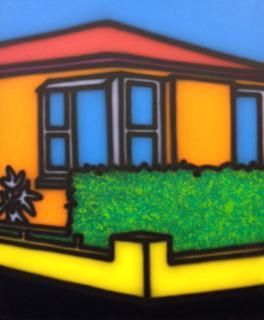
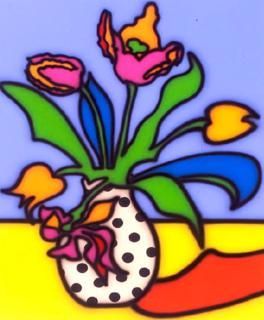
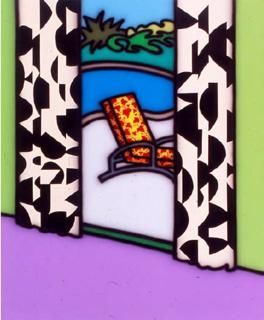
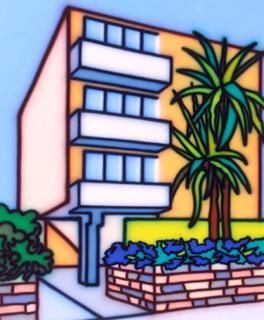
As you can see, Howard Arkley's understanding of colour and technical virtuosity as a painter, were exceptional. His skill with an air brush, which he used to create taut vibrating lines and details, gives a hallucinatory presence to his canvases.
During the year before he died he was the focus of a considerable amount of public attention, especially after the National Portrait Gallery commissioned him to paint Nick Cave.
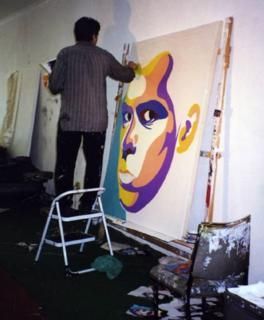
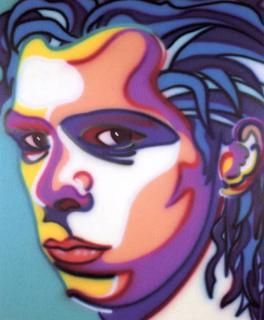
He saw beauty in what we might consider mundane cityscapes. Below centre is a freeway photo taken by Arkley in Los Angeles soon before his death, from which you can see on either side, two of the resulting works:
Freeway Exit – 1999 (left) - Grey line-work, a feature of most of his freeway compositions, is particularly prominent here, and in this case the reduced tonality does project a cool, almost diagrammatic air, by comparison with other, more vividly coloured examples also produced in 1999, e.g. The Freeway - 1999 (right) noticeably more vivid.
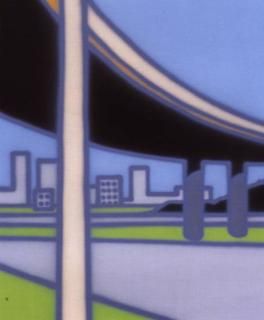

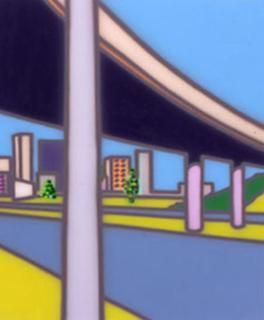
Howard Arkley: The Home Show (48th Venice Biennale, Australian Pavilion), 13 June-7 November 1999, Australia’s official presentation at the 1999 Biennale, generated widespread attention, even before Arkley’s sudden death – barely a month after the show opened.
All the works included had already been seen previously, although four new panels were added to the original 1997 form of Fabricated Rooms, all now owned by Corbett Lyon and displayed in the Housemuseum formal dining room, as shown below.
Also below, Corbett Lyon with Howard Arkley and his wife Alison, whom he had only married a few weeks before in the USA.
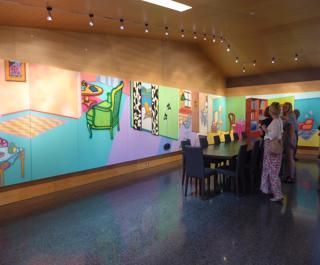
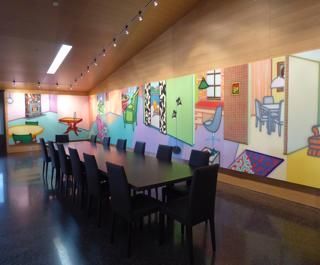
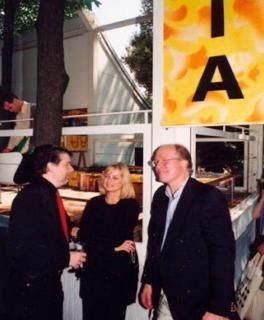
All images are my own unles otherwise stated.
Text taken from Arkleyworks.com and artlink.com.au
Like so many artistic people Howard Arkley died at the height of his creative power: Raphael, Vincent van Gogh, George Seurat, Amedeo Modigliani, Eva Hesse, all died far too young. But like Howard Arkley, each has left behind an indelible print of their creative percpetion of their world.
